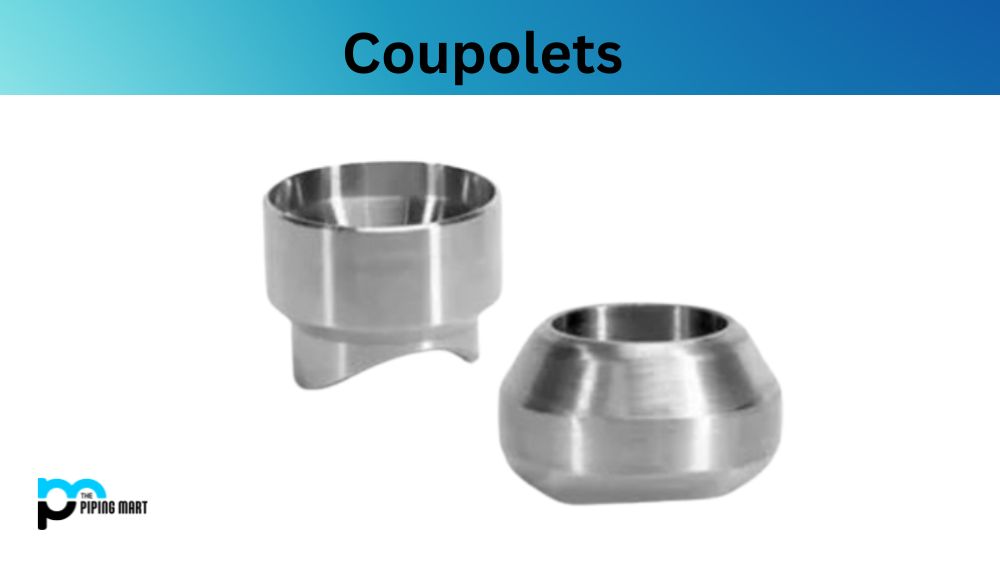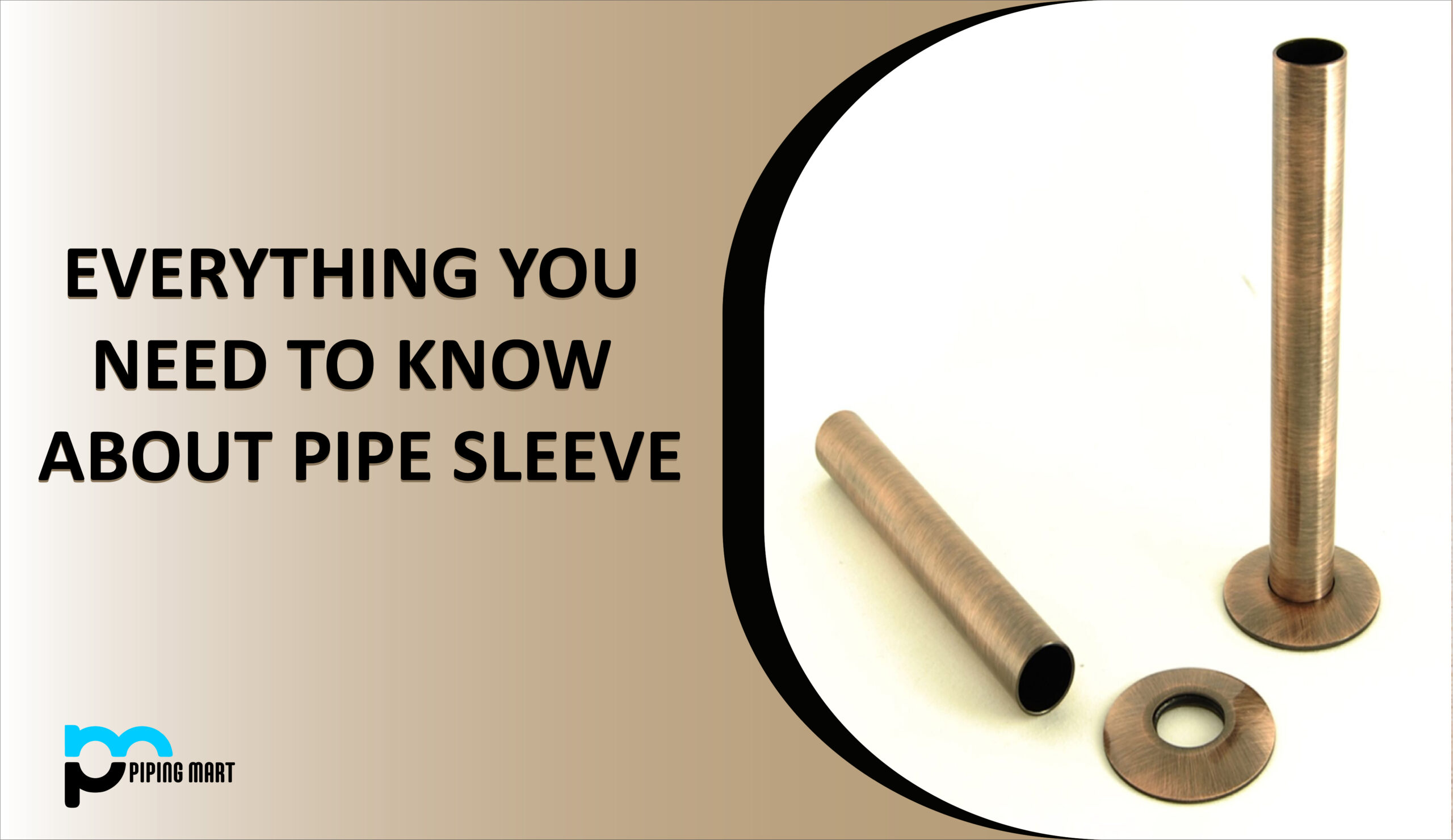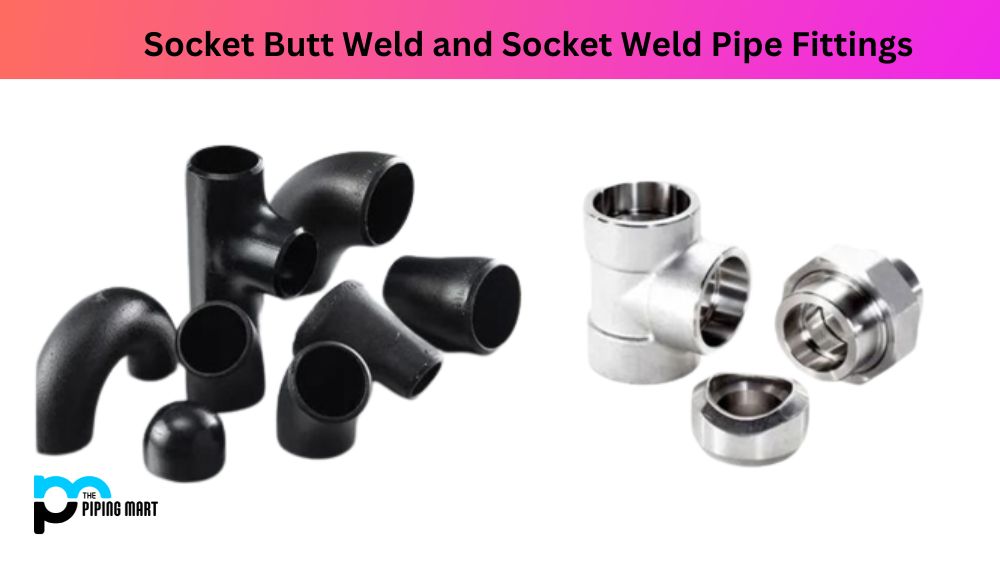A slurry pump is a device used to pressurize or convey liquids such as water, oil, acid, alkali, emulsion, suspoemulsion, liquid metal, as well as liquids, gas mixes, and liquids containing suspended solids. They are heavy duty and robust pumps. Mining, dredging, steel processing, foundries, electricity generation, drilling mud, pulp and paper, wastewater treatment, mineral processing, etc. are a few examples of industries that manage slurries. Slurry movement requires more force than movement of ordinary fluids because of the solid particles present and the fact that they are extremely thick and viscous. As a result, heavy-duty pumps with specialized designs are needed to function as slurry pumps.
Selection of Slurry Pumps
Following are some crucial factors that must be taken into account when choosing the precise slurry pumps:
- Including the size and kind of the present solid particles, the type of slurry that needs to be managed.
- The primary factor in choosing the pump material for the job is the slurry’s corrosive quality.
- Pipe size: the pipe ID needs to be far larger than the largest permitted particle size.
- Prerequisites for static heads
- available NPSH
- cost
- length of the pipeline or slurry pipe
- The lower the discharge pressure and speed, in particular, the better for pump operating parameters.
Types of slurry pump
Slurries are handled by two different kinds of pumps :-
1. Positive displacement slurry pump
A positive displacement slurry pump is better suited when a low slurry flow rate with superior flow control and more efficiency is sought. For slurry operations, typical positive displacement pumps include
- screw pumps
- Rotary-lobe pumps
- diaphragm pump
- Progressive cavity pumps
- gear pumps
- peristaltic pump
2.Centrifugal slurry pumps
The centrifugal pump, which has a larger impeller, thicker vanes, and higher horsepower, is the most popular kind of slurry pump. The centrifugal slurry pump operates in a very straightforward manner. They push the slurry into the discharge using the centrifugal force produced by a rotating impeller.
The following decisions should be made while selecting a centrifugal slurry pump:
- A recessed type large and thick open impeller can be used to reduce impeller wear. Avoid using closed impellers.
- Rubber lining and a metal case of the suitable thickness should be taken into account.
- Cavitation problems
3.Horizontal slurry pumps
The term “horizontal slurry pump” refers to a pump whose shaft is parallel to the horizontal plane. With high-strength and wear-resistant materials for the over-flow sections, the horizontal slurry pump is a single-stage, single-suction, axial suction cantilever horizontal centrifugal pump. Standard electrical motors and seals are frequently used in horizontal slurry pumps. Plants in areas at risk of floods should not use them.
4.Vertical slurry pump
A vertical slurry pump is one in which the pump shaft is positioned perpendicular to the horizontal plane. The term “submerged slurry pump” refers to the fact that the pump head should be submerged beneath the liquid. Vertical slurry pumps are not entirely submerged underwater, though.
5.Submersible slurry pump
The pump and the motor are coaxially integrated to form a submersible slurry pump, and the motor is submerged in the slurry. There is no need to erect elaborate fixtures and safety precautions on the ground. A mechanical seal around the motor serves as protection, successfully preventing high-pressure water and other pollutants from penetrating the motor cavity. The slurry concentration is controlled by the diving depth, and the slurry automatically pours into the pump to conserve energy. The stirring impeller makes direct contact with the deposition surface.
6.Submerged slurry pump
The impeller of the submerged slurry pump is a semi-open impeller, and it is a vertical single-stage single-suction cantilever pump. At the impeller’s suction edge extension, a mixing blade is placed.
Four criteria should be taken into consideration while choosing the right kind of slurry pump: performance, material being transported, sealing type, and transmission mode. However, it may also be influenced by other elements, such as the slurry’s acidity or alkalinity and the working circumstances on the job site.

Pipingmart is B2B portal specializes in industrial, metal and piping products. Also, share latest information and news related to products, materials and different types grades to help business dealing in this industry.




